Big Tech companies like Google, Apple and Facebook are shaping not only how we interact with the world but also how we spend our money. With algorithms that tempt us to buy the things we’re interested in to data-driven buying insights, technology is steering consumer behavior more than ever. We look at 19 surprising ways Big Tech is influencing your spending habits:
Personalized Ads Based on Your Data

Big Tech companies like Google and Facebook track your online behavior, search history, and social media interactions to create a profile of your preferences. These data points are then used to deliver personalized ads, enticing you with products you’re more likely to buy.
Social Media Shopping
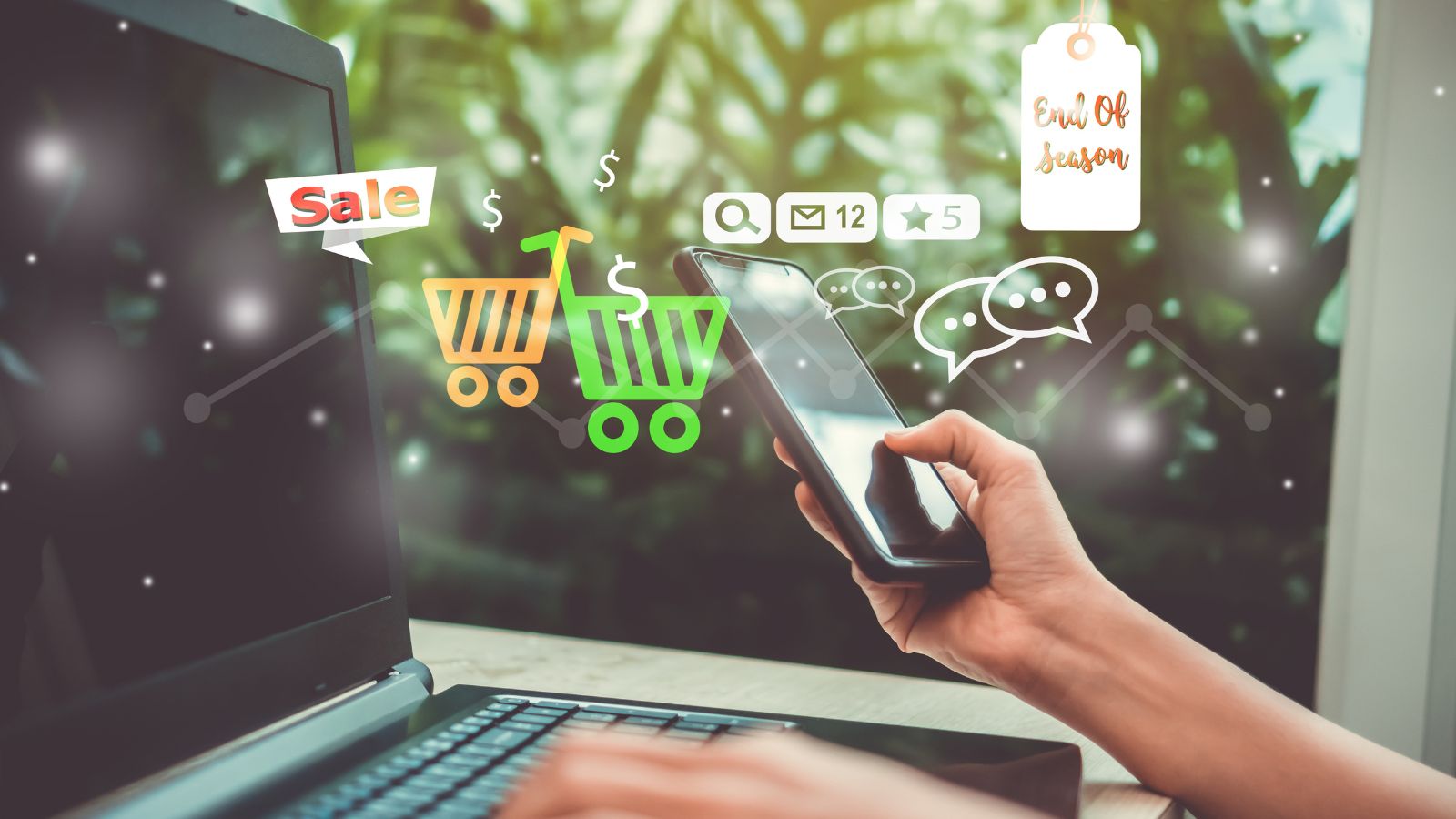
Platforms like Instagram, Facebook and TikTok have integrated shopping experiences into their social media feeds. With a simple tap, you can purchase a product directly from an influencer’s post or an ad. This convenience drives impulse buys, making it easier to spend money without even leaving the app.
Algorithmic Product Recommendations

Amazon’s recommendation engine is designed to show you products you didn’t even know you needed. By analyzing your past purchases, searches and browsing history, these algorithms predict what you are likely to buy next, making it difficult to resist.
Subscription Models and Auto-Renewals

Tech companies have popularized subscription-based models that automatically renew, such as Netflix, Spotify and Amazon Prime. These services keep you locked in, often with the “set it and forget it” mentality, making it easy to spend without realizing it.
One-Click Purchases
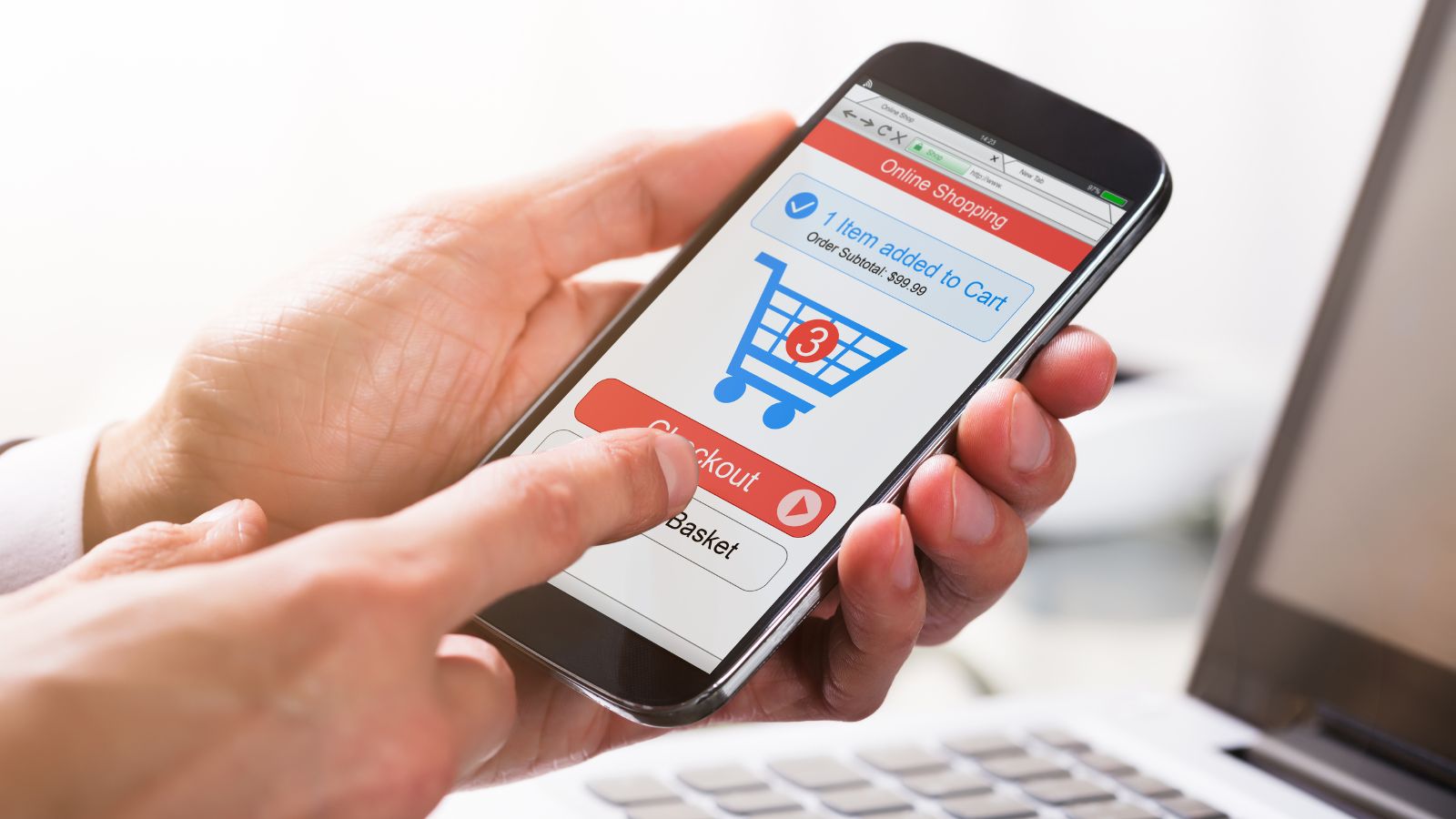
Amazon’s one-click purchase feature is designed to minimize friction in the buying process. Without the need to fill out long forms or review your cart, you’re more likely to make quick, impulsive purchases, which can add up over time.
Psychological Triggers and FOMO

Social media platforms and online retailers often use tactics that trigger Fear of Missing Out (FOMO), urging you to buy products or experiences that are “trending” or in limited supply. Flash sales, countdown timers and notifications about items “selling out” push you to act fast, increasing spending.
Targeting Through Influencers

Big Tech has enabled influencer marketing to thrive, where influencers promote products to their millions of followers. This makes product endorsements feel more like personal recommendations rather than traditional advertisements, subtly influencing your purchase decisions.
Buy Now, Pay Later Services
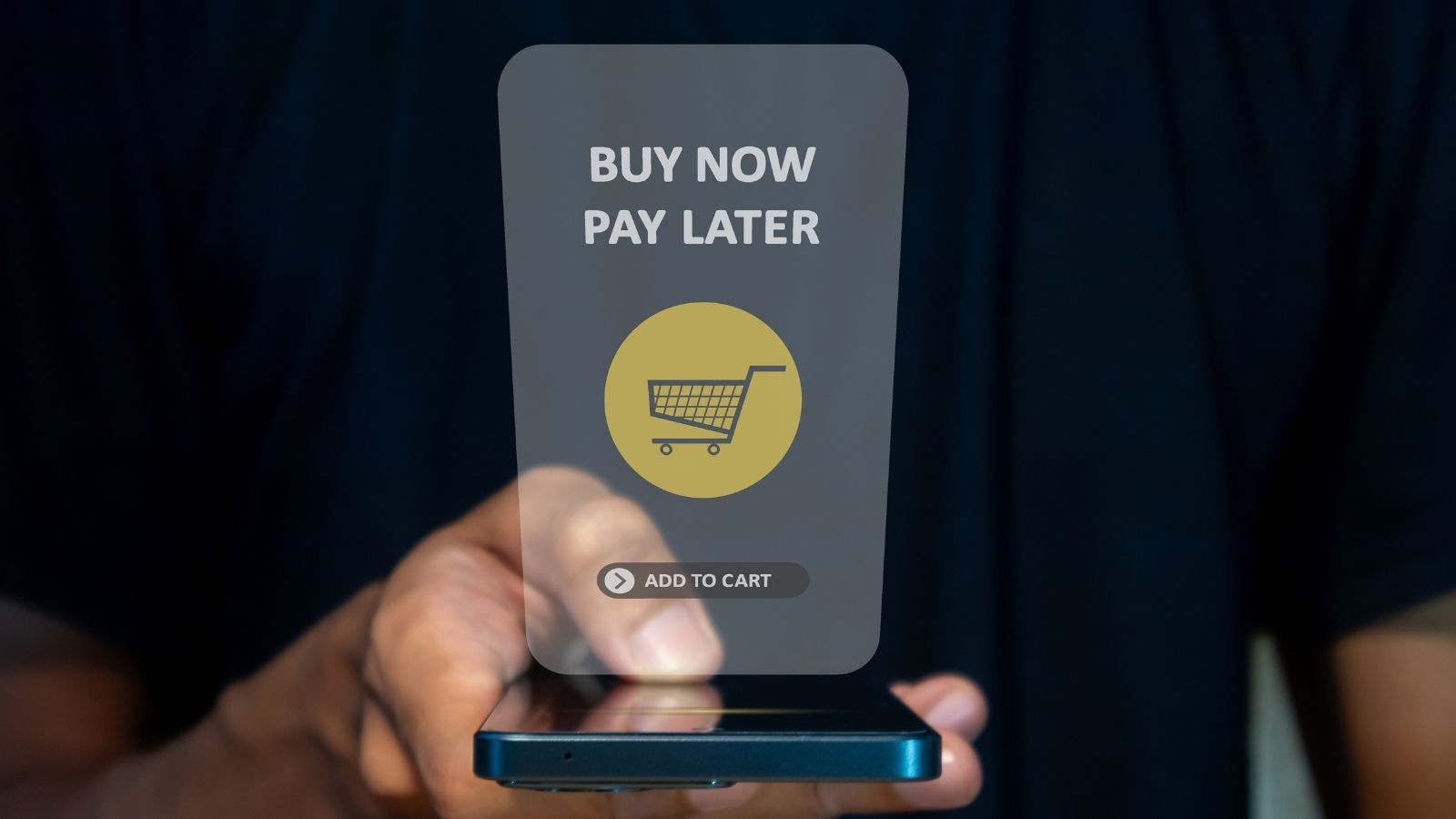
Companies like PayPal, Afterpay and Klarna, often in partnership with Big Tech, offer “buy now, pay later” services that break down payments into smaller installments. While this may seem like a budgeting solution, it often leads to higher overall spending.
Data-Driven Discounts and Coupons

Retailers use your browsing history, location and spending patterns to offer customized discounts and coupons. For example, Google and Facebook ads often show users special promotions or limited-time offers tailored specifically for them, tempting you to spend.
Voice-Activated Purchases

With the rise of smart speakers like Amazon’s Alexa and Google Assistant, voice-activated purchases are becoming more common. By simply speaking a command, you can order products without even needing to see or touch your device, streamlining the buying process and increasing convenience-driven purchases.
Influence of Reviews and Ratings

User reviews and ratings on platforms like Amazon and Google significantly impact what products consumers choose to buy. These platforms often highlight the most popular or highly rated products, nudging you toward particular purchasing decisions.
Social Proof through Engagement Metrics

Big Tech platforms use metrics like “likes,” “shares,” and “comments” to influence what content and products gain visibility. Social proof makes it easier for consumers to follow the herd and buy products that appear to be popular or endorsed by others.
Behavioral Retargeting

Ever noticed that after you browse a product on one site, it follows you around the web? This is called behavioral retargeting. Tech giants like Google and Facebook use this tactic to keep reminding you of the items you’ve shown interest in, increasing the likelihood you’ll eventually make the purchase.
Artificial Scarcity

Many online retailers, aided by Big Tech algorithms, create artificial scarcity by showing messages like “Only 2 left in stock” or “Limited time offer.” These tactics push you to act quickly, often leading to unplanned purchases driven by fear of missing out.
Cross-Device Synchronization

Big Tech platforms like Google, Apple and Facebook track your activity across devices, whether you’re on a smartphone, laptop, or tablet. This means ads, recommendations and shopping carts can follow you everywhere, making it easier to continue a purchase even if you switch devices.
The Power of Free Shipping

Amazon Prime and other e-commerce giants have trained consumers to expect free shipping, which can encourage overspending to meet the free shipping threshold. This psychological nudge pushes you to add extra items to your cart, increasing your total expenditure.
Geolocation-Based Ads
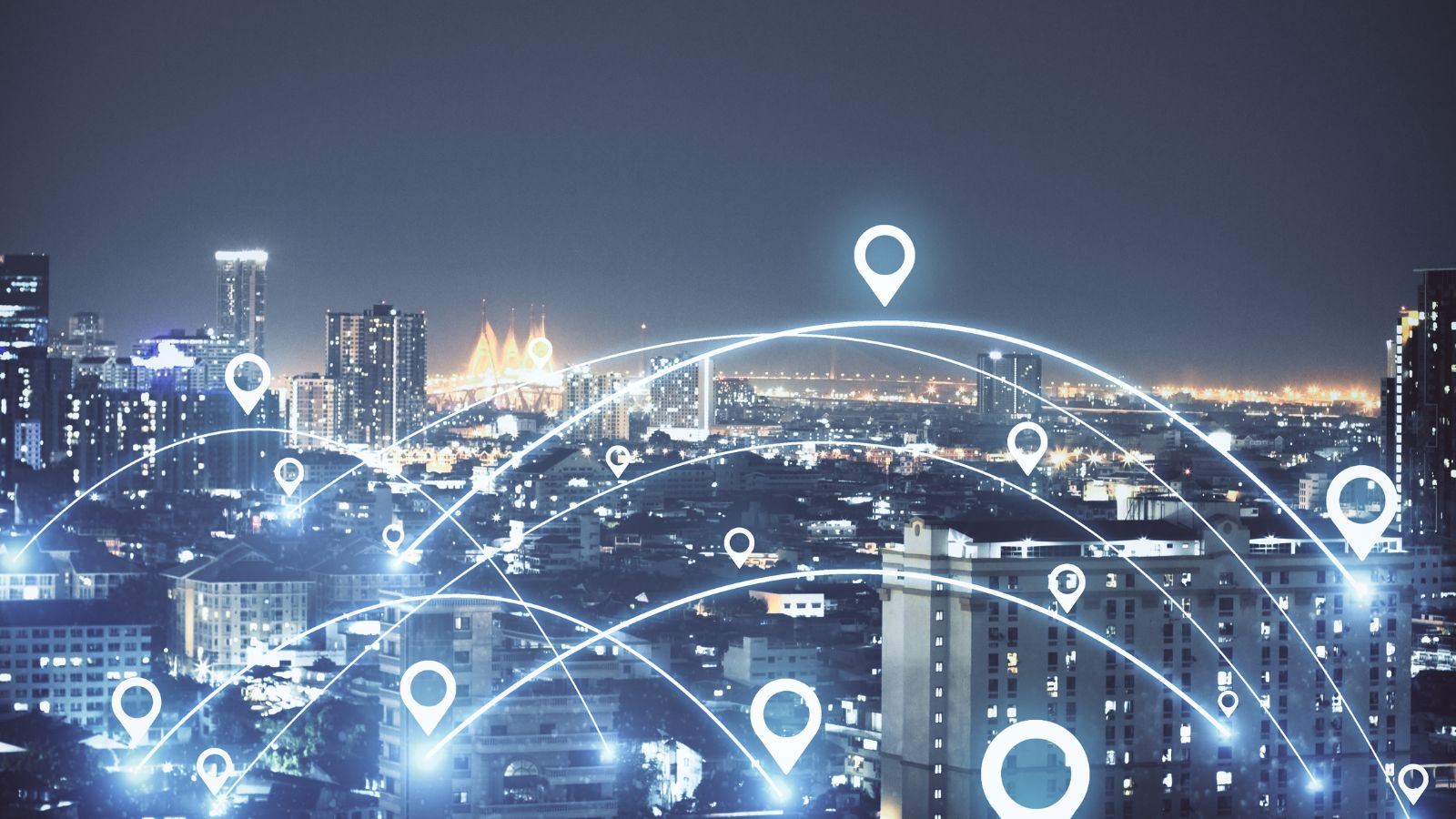
Big Tech uses geolocation to serve you hyper-local ads, suggesting nearby stores or restaurants you might want to visit. These location-based suggestions can prompt you to make purchases simply because of convenience or proximity.
Influence of Virtual Try-Ons
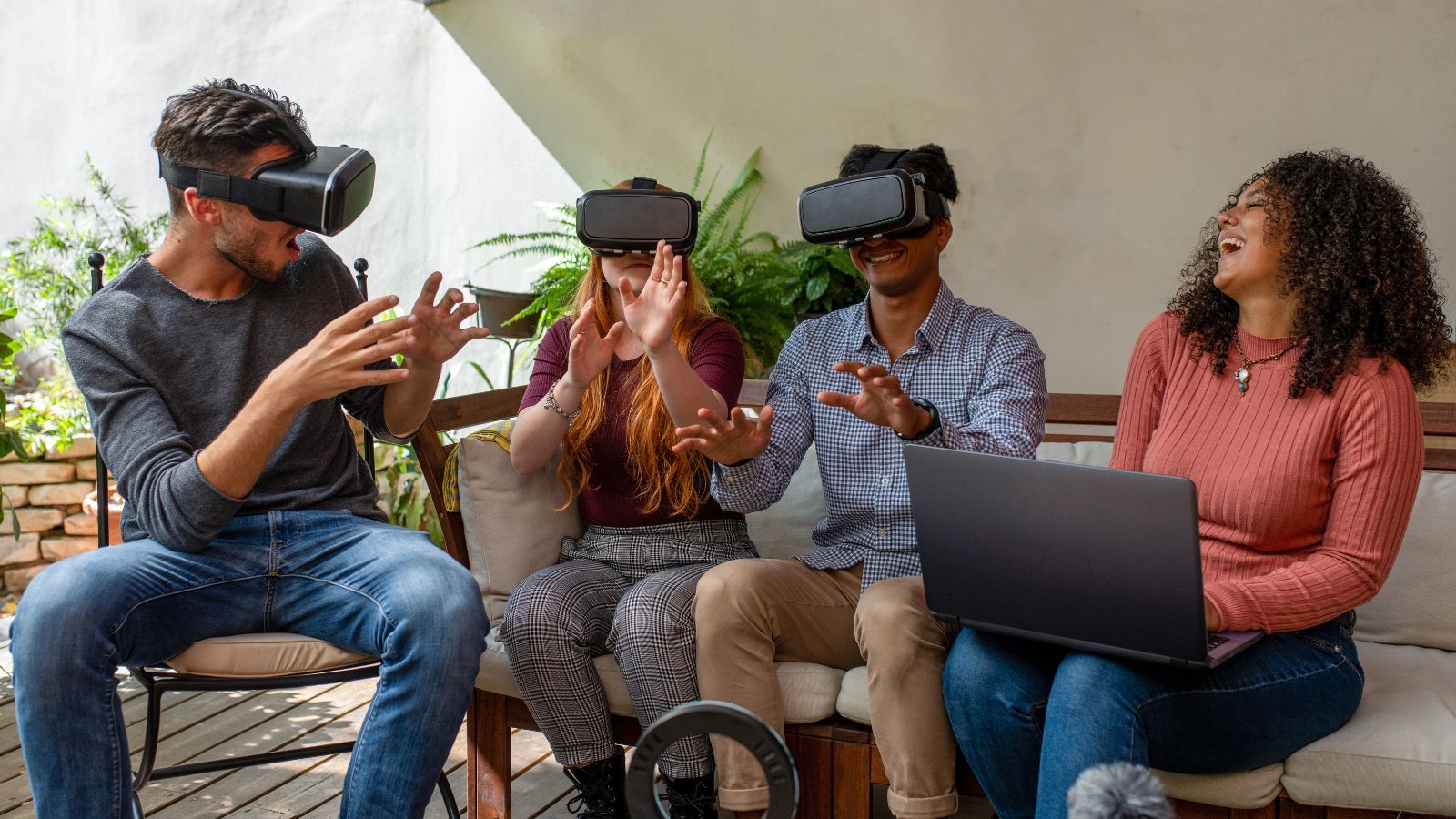
Augmented reality (AR) features on platforms like Instagram and Amazon allow users to virtually “try on” clothing, accessories, or even furniture. This immersive experience makes the products feel more tangible, increasing the likelihood of purchase.
Creating New Consumer Habits
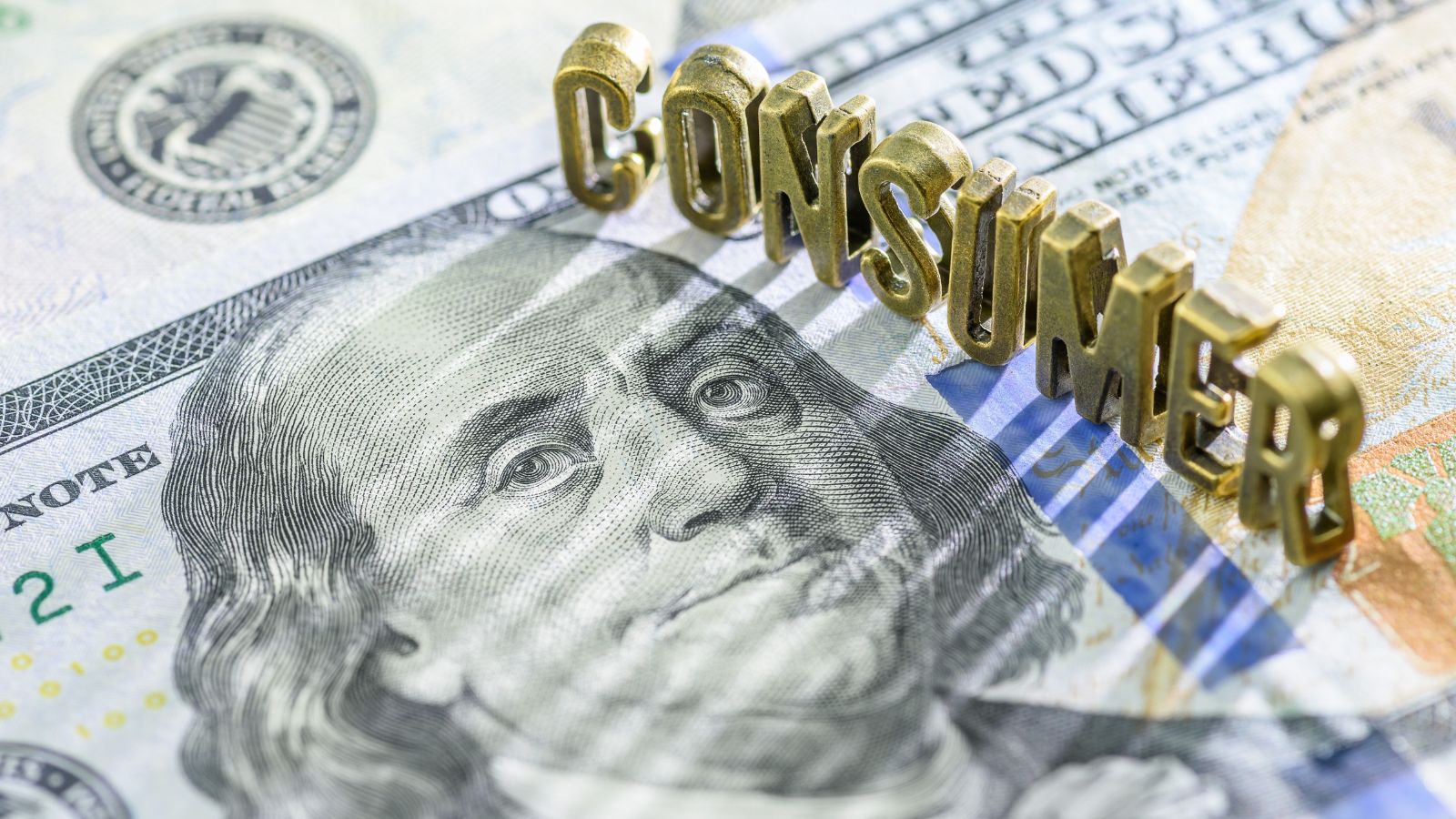
Tech companies are masters at creating habits through features like streaks, rewards and badges (think fitness apps or social media engagement). These habits often extend into consumer behavior, encouraging repeated purchases or subscriptions.
18 Reasons Why People Are Leaving Florida in Masses

Exploring factors that impact the desirability of living in Florida, this list delves into various challenges shaping residents’ experiences. From environmental concerns like rising sea levels to economic factors such as fluctuating job markets, these issues collectively contribute to a nuanced understanding of the state’s appeal.
18 Reasons Why People Are Leaving Florida in Masses
